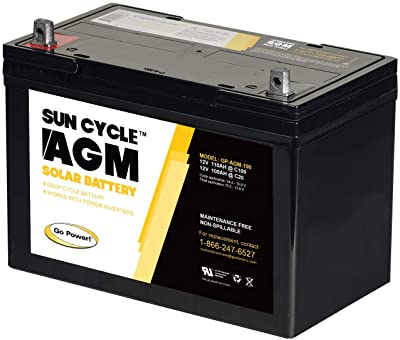Solar Panel Authority Canada
How To Build A DIY Solar Power Battery Bank for Home
Hello friends!
Building a solar power battery bank for your home can be a great way to harness the energy of the sun and reduce your dependence on the electrical grid. And, by building it yourself you can enjoy significant savings over purchasing a pre-built solution. In this blog, we will explore the basic steps involved in a DIY (Do It Yourself) project of building a solar power battery bank for your home.
The first step in building a solar power battery bank is to determine your energy needs. Calculate the total amount of energy your home uses on a daily basis, and determine how much of that energy you want to be able to generate from solar power. This will help you determine the size of the battery bank you need to build.

The next step is to choose the right batteries for your system. Deep cycle batteries are the best choice for solar power systems, as they are designed to be discharged and recharged repeatedly. Lead-acid batteries are a common choice, but newer Lithium-ion batteries may be a better option, as they are more efficient and longer-lasting. Check with your supplier about the pros-and-cons of each of the battery options.
Once you have chosen your batteries, you will need to wire them together in a series and parallel configuration to create the desired voltage and capacity. The decision to connect batteries in series or parallel is dependent on the intended usage and required output. When connecting batteries in series, the negative terminal of one battery is linked to the positive terminal of another, resulting in a higher voltage output without altering the amp-hour capacity of the system. Conversely, connecting batteries in parallel will increase the amp-hour capacity while maintaining the voltage output. This can be a complex process, so it is important to follow a wiring diagram carefully and ensure that all connections are secure.
Next, you will need to install the charge controller, which regulates the amount of energy flowing from the solar panels to the battery bank. This is important to prevent overcharging or undercharging the batteries, which can damage them.
After the charge controller is installed, you will need to install the inverter, which converts the DC power stored in the battery bank into AC power that can be used by your home's appliances. Make sure to choose an inverter that is compatible with your battery bank and can handle the amount of power your home requires.
Finally, you will need to install the solar panels themselves. This involves mounting them on your roof or another sunny location and wiring them to the charge controller. Make sure to choose high-quality solar panels with a high conversion efficiency to maximize the amount of energy you can generate.
Building a solar power battery bank for your home can be a challenging but rewarding project that can reduce your energy costs and your carbon footprint. By following these steps and working with a qualified professional if necessary, you can harness the power of the sun to power your home for years to come.
That was just an overview of the process. Follow the links for answers to more specific questions!
Katie
- Posted On: April 5, 2023
Send us your feedback:
Recent Blog Entries...
- Net Metering In Ontario-A Guide To Efficient Home Energy
- Comparing Solar Installations Professional Vs DIY
- Why Solar Energy Shines Brighter For Homes Than Geothermal Energy
- The Economics Of DIY Solar Projects In Canada
- Choosing The Right Inverter For DIY Solar
- Installing Solar Panels A Complete DIY Guide


Comments & Replies
Be the first to comment... Fill in the form below.